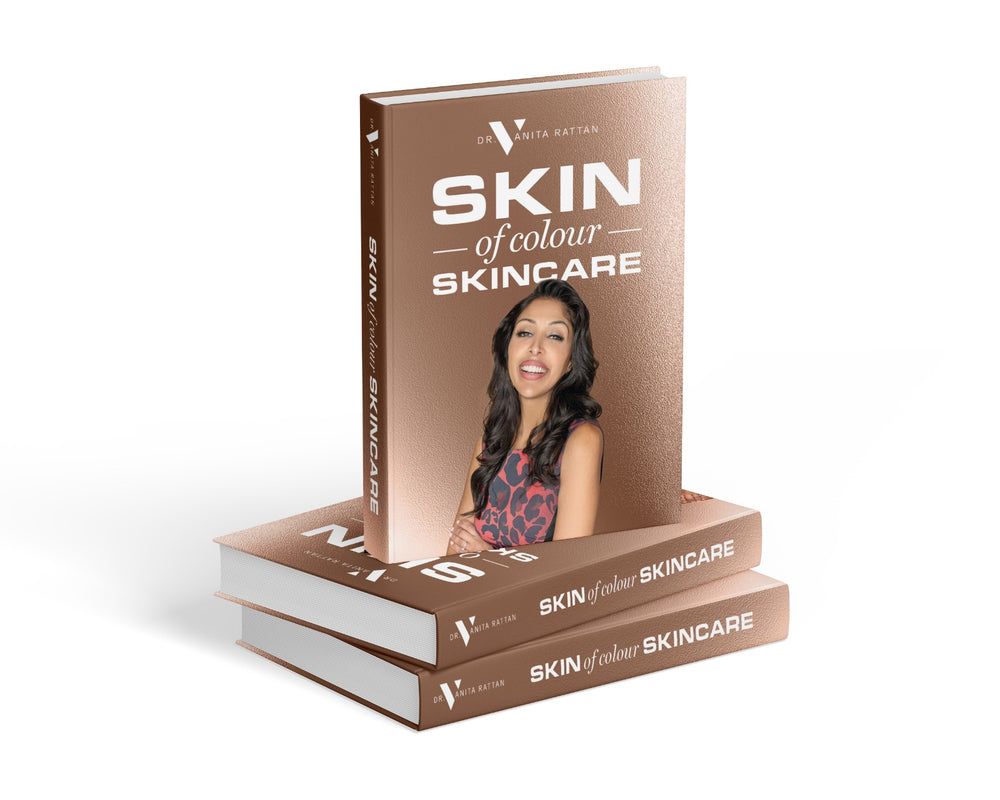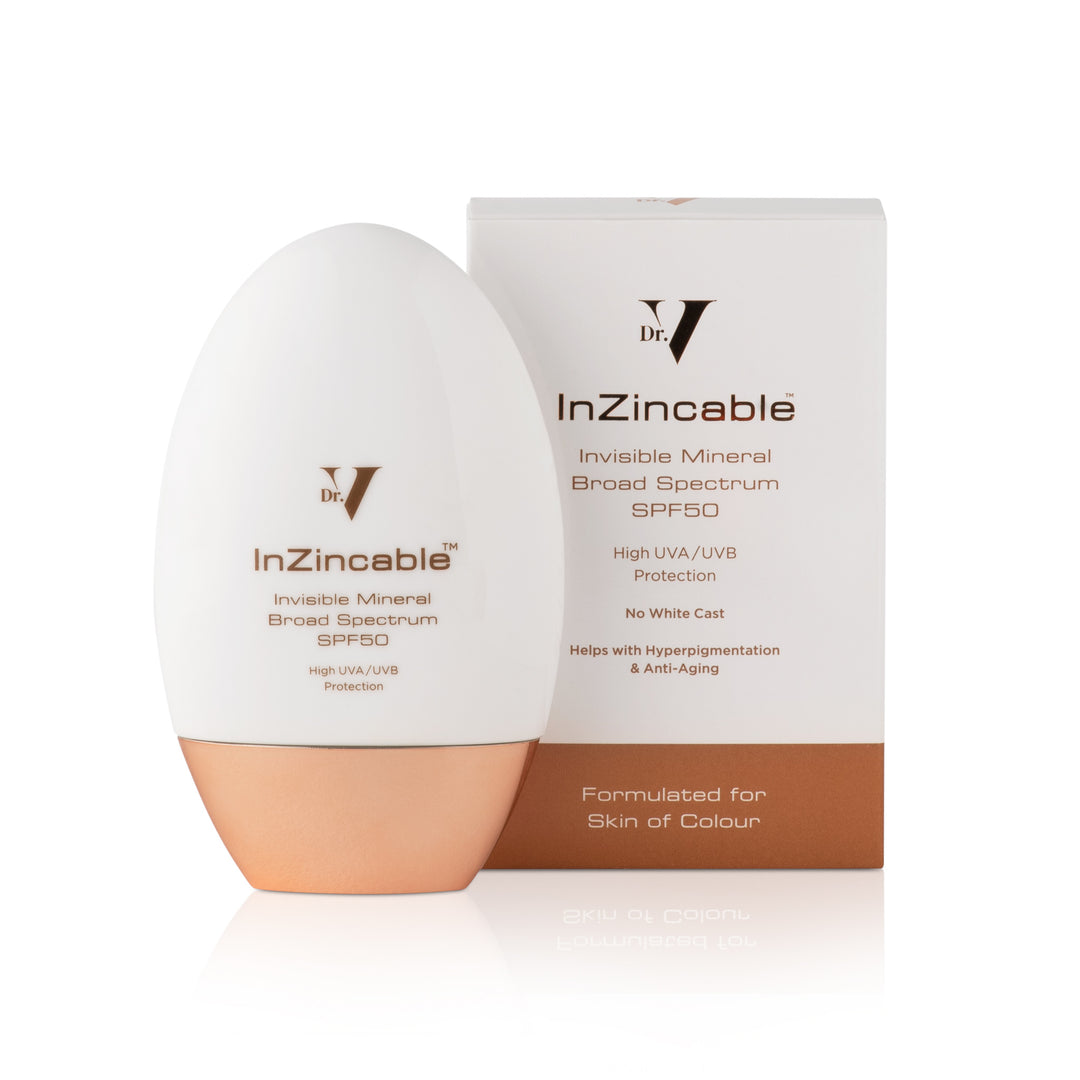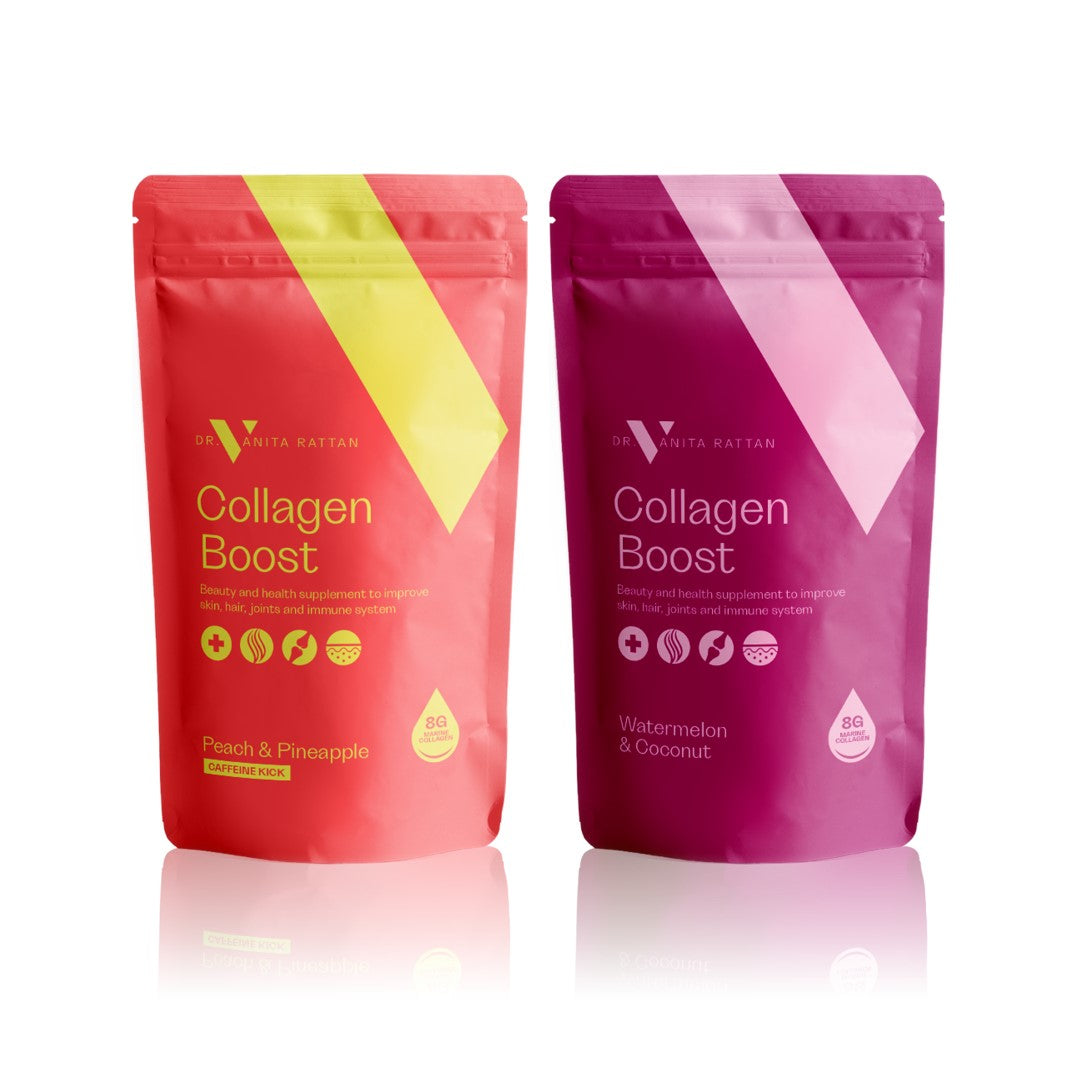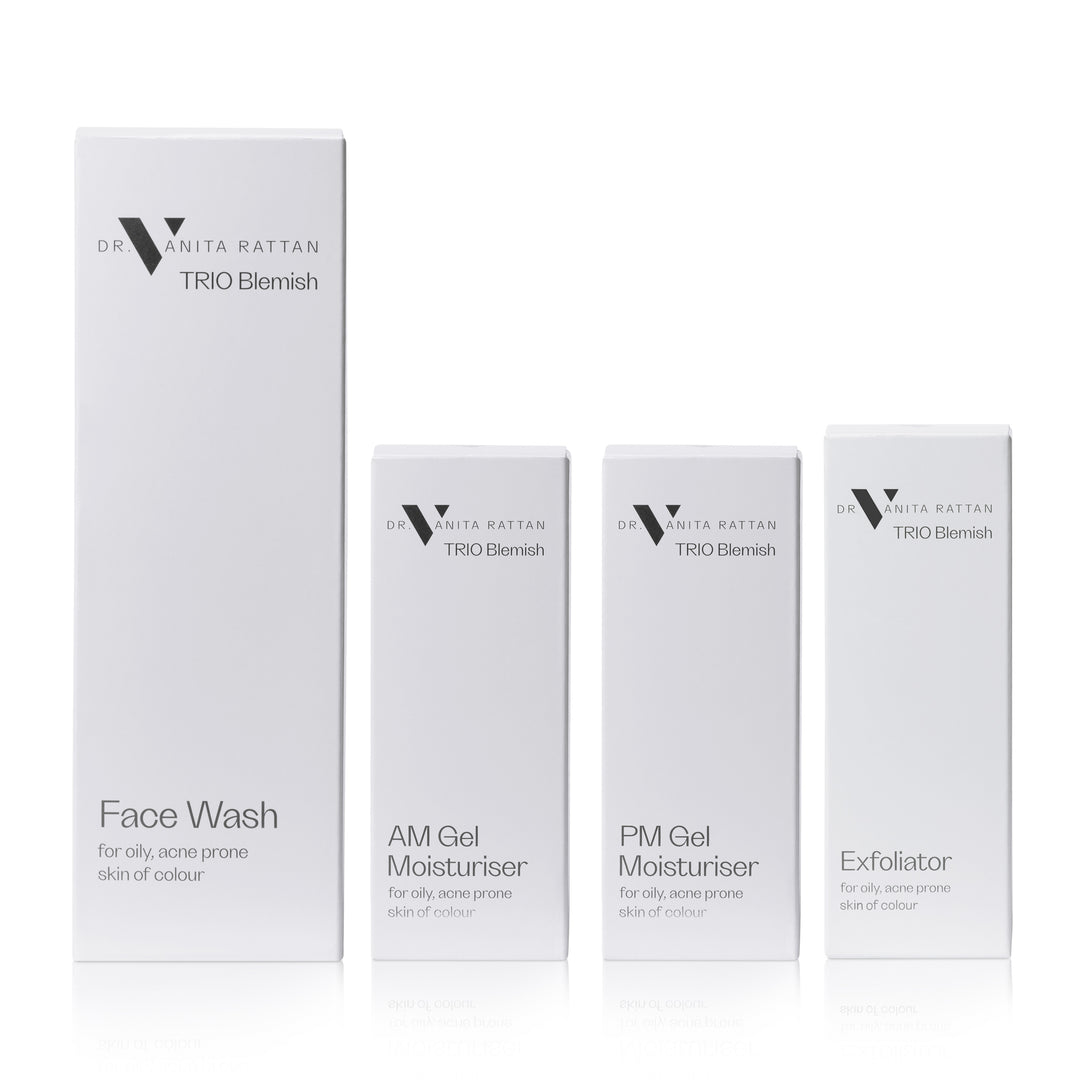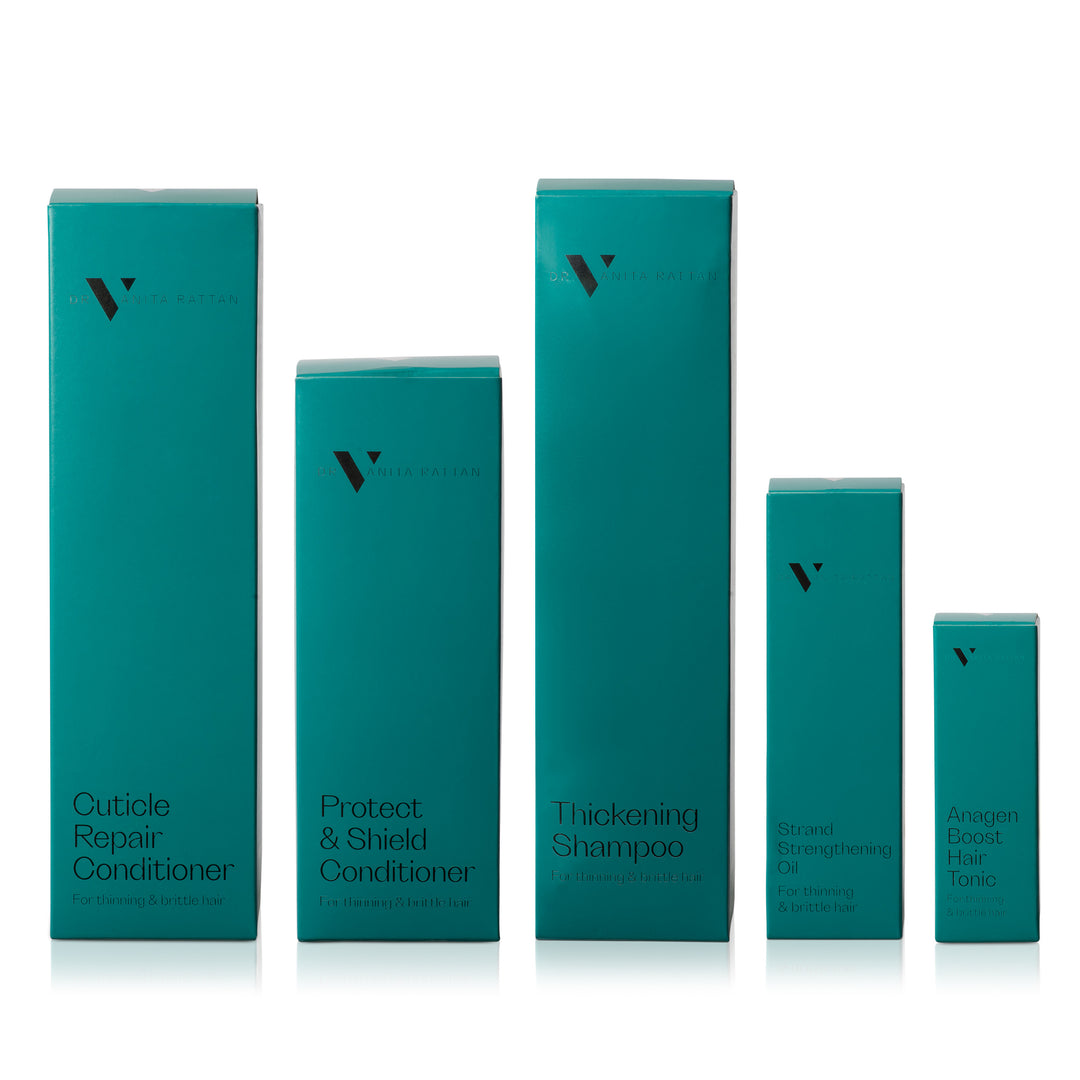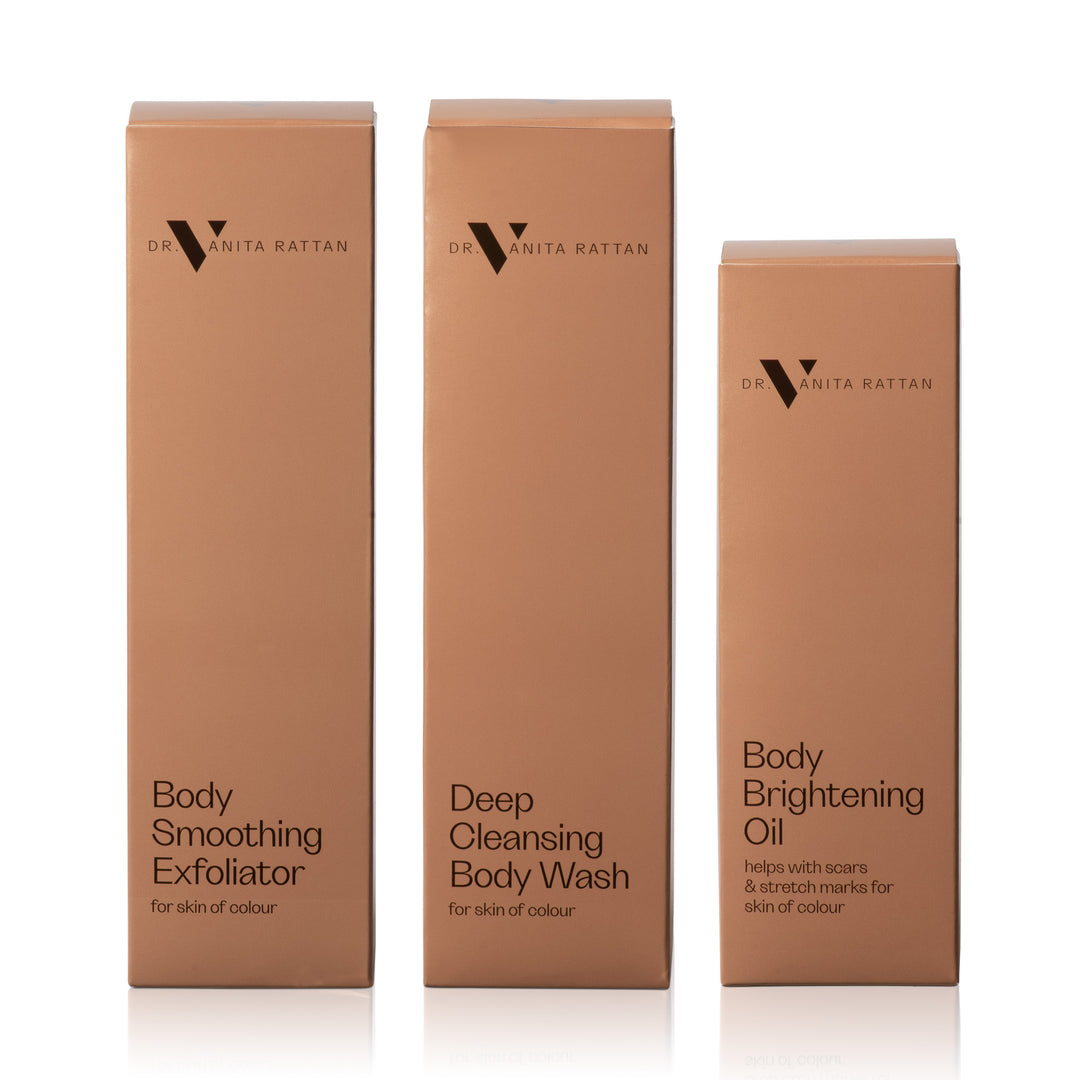What is Fungal Acne and How Can You Treat It?
Fungal acne has seen a significant increase since 2020. It is often mistaken for regular persistent, stubborn breakouts. Unlike regular acne, fungal acne is not caused by clogged pores or bacteria but by an overgrowth of yeast on the skin. In this article, we will explore what fungal acne is, its causes, how to identify it, and, most importantly, how to treat it effectively.
What is Fungal Acne?
Fungal acne, medically known as Malassezia folliculitis, is caused by an overgrowth of yeast. This condition leads to acne-like bumps on the skin and often causes itching. This is different from your hormonal acne, which is caused by bacteria. It is important to know that Malassezia folliculitis is nourished by oil, which can come from either sebum produced by your skin or oils from formulations applied to the skin.
How to Identify it
Fungal acne often looks similar to regular acne, making it tricky to identify. Here are some key characteristics:
Appearance: Fungal acne usually appears as small, uniform bumps. Unlike bacterial acne, it doesn’t usually present with large, deep cysts.
Location: It commonly appears on the forehead, chin, nose and sometimes around the mouth area too, where sweat and oil production are higher.
Itchiness: One distinguishing factor is that fungal acne is often itchy, whereas regular acne typically is not.
Persistence: Fungal acne does not respond well to typical acne treatments like benzoyl peroxide, which can make it even more frustrating for sufferers.
Causes of Fungal Acne
Several factors can contribute to the development of fungal acne, including:
Excessive Sweat: Activities that cause heavy sweating, such as workouts, can create a moist environment where yeast thrives.
Tight Clothing: Wearing non-breathable, tight clothing and face masks can trap sweat and oil, exacerbating the condition.
Hot, Humid Climates: Warm and humid conditions are ideal for yeast overgrowth.
Use of Oily Skincare and Makeup Products: Products that contain oils can feed the yeast, making fungal acne worse.
How to treat it
Successfully treating fungal acne requires addressing the yeast overgrowth and preventing it from returning. Here are the best strategies:
1. Antifungal Shampoos: Shampoos containing ketoconazole can also be used on the face and body to help control yeast on the skin. Leave the shampoo on the affected area for three to five minutes before rinsing. Use it once a week for four to five months. On alternate nights, use 2% BHA salicylic acid face wash.
2. Keep Your Skin Dry and Clean
Shower Immediately After Sweating - this helps remove sweat and oil that can promote yeast growth.
Use Breathable Fabrics - opt for loose, breathable clothing made of cotton or moisture-wicking materials, especially during workouts.
3. Avoid Oily Skincare Products
Oil-free moisturisers: Choose oil-free moisturisers and avoid products with heavy oils or fatty acids such as lauric acid, myristic acid, and oleic acid that can feed Malassezia yeast.
Opt for Lightweight, Non-Comedogenic Formulas: Choose water-based or gel formulations in makeup and skincare products that won’t clog pores or exacerbate yeast growth.
4. Consult a Dermatologist
If over-the-counter treatments don’t work, consult a dermatologist who may prescribe oral antifungal medications such as fluconazole or itraconazole for more severe or persistent cases.
Preventing Fungal Acne
Prevention is key to managing fungal acne, especially if you’re prone to it. Here are some preventive measures:
Maintain Good Hygiene: Shower promptly after sweating and keep your skin clean.
Avoid Sharing Towels and Clothing: Yeast can spread through contact, so keep personal items to yourself.
Monitor Diet and Lifestyle: Some people find that reducing sugar intake helps control yeast growth. A balanced diet and reducing high-glycemic foods can also benefit your overall skin health.
Reduce and Avoid Stress: Self-love and self-care are essential for keeping stress at bay. Give your time a break to rejuvenate your mind and body.
Fungal acne can be frustrating, but with the right approach, it’s manageable. By identifying the condition correctly and using targeted treatments, you can effectively reduce outbreaks and prevent future flare-ups. Remember, if your symptoms persist, consulting a dermatologist is the best course of action for personalised care.


